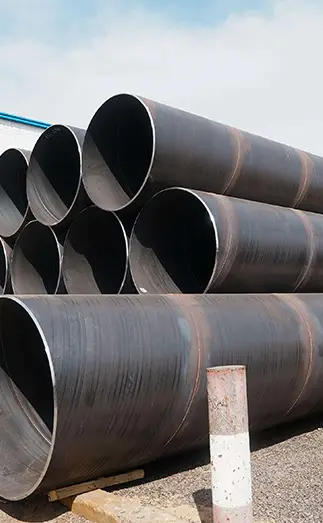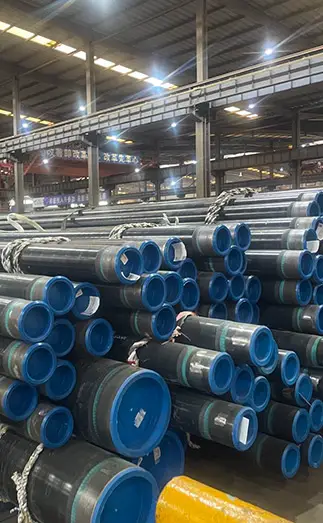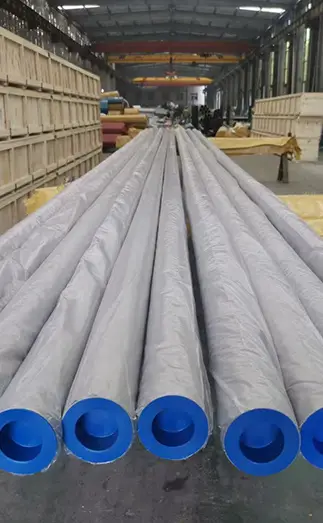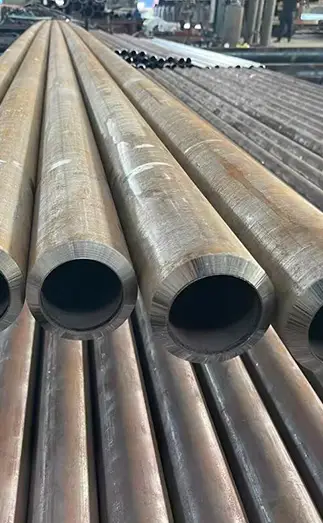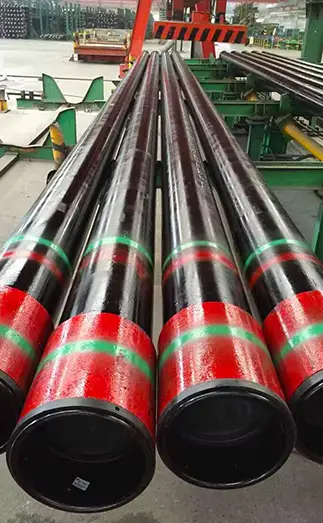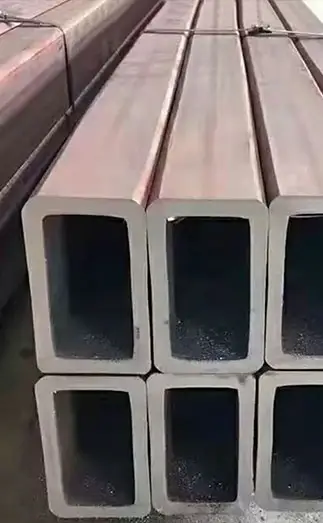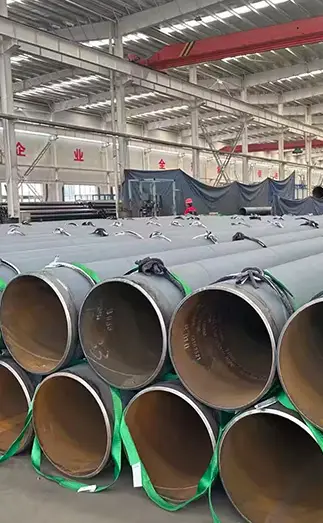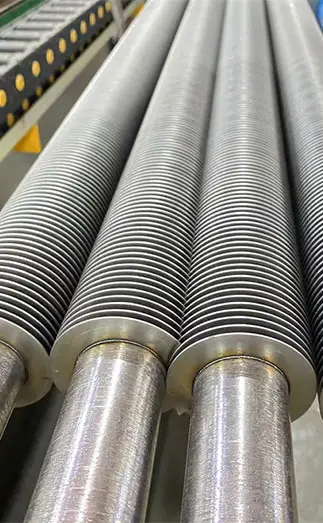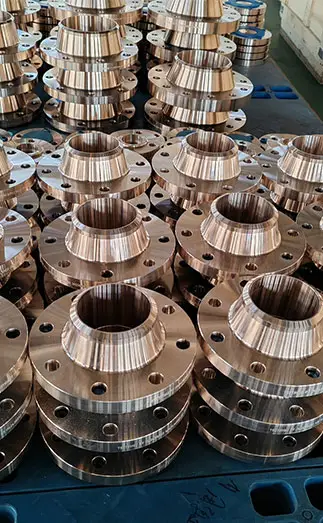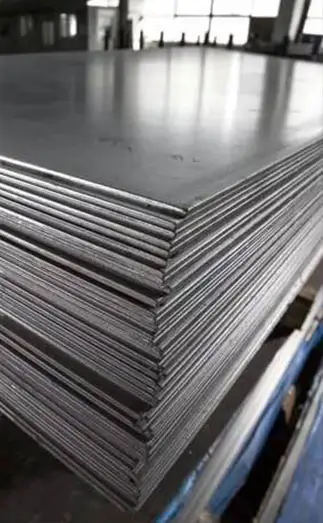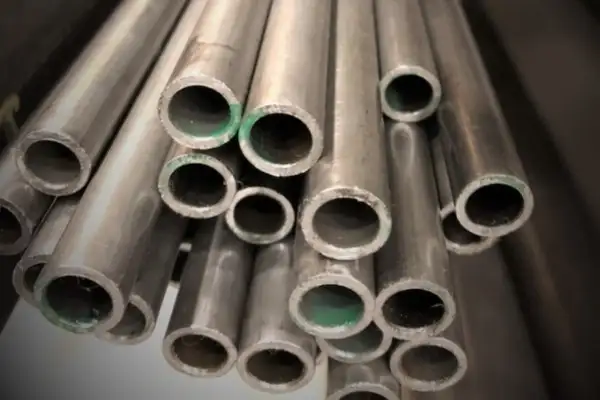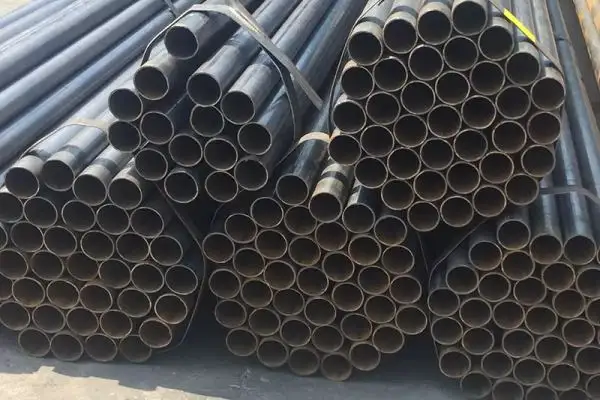The bending test of boiler tubes—including both seamless pipes and ERW pipes—is a critical inspection method used to verify their performance under high temperature, high pressure, and complex stress conditions. The primary purpose of the bending test is to evaluate the mechanical properties, deformation capacity, and crack resistance of boiler tubes when subjected to bending stress.
For seamless boiler tubes, the focus lies in assessing their uniform microstructure and resistance to cracking under heavy bending loads. For ERW boiler tubes, the test helps verify the strength and integrity of the weld seam.
Below are the most common boiler tube bend testing methods and their procedures.
Cold Bending Test
The cold bending test is performed at room temperature to evaluate the plasticity and crack resistance of boiler tubes without heating. It is typically used to check whether the material quality and manufacturing process meet the required standards.
Test Procedure:
Sample Preparation: Cut a specimen 3–5 times the tube diameter in length.
Fixture Installation: Mount the specimen securely on the bending test machine, ensuring proper alignment with the die.
Apply Bending Force: Bend the specimen to a specified angle (commonly 90° or 180°).
Observation and Recording: Inspect the surface for cracks, peeling, or other defects while recording bending angle and applied force.
Applications:
Cold bending tests are suitable for carbon steel and low-alloy steel boiler tubes, assessing their plastic deformation capacity at room temperature.
Hot Bending Test
The hot bending test simulates the thermal and mechanical stresses that boiler tubes experience during actual operation. This method provides a more realistic evaluation of high-temperature performance.
Test Procedure:
Sample Preparation: Cut a clean, standard-length specimen.
Heating: Heat the specimen to the required test temperature (usually equal to or higher than its operating temperature).
Bending Operation: Apply bending force at high temperature to reach the designated angle.
Cooling and Inspection: Cool to room temperature and check for cracks, deformation, or surface flaws.
Applications:
Hot bending tests are commonly used for high-temperature alloy steel and stainless steel boiler tubes, focusing on crack resistance and deformation behavior under heat.
Three-Point Bending Test
The three-point bending test evaluates the bending strength and toughness of boiler tubes by applying a centralized load at one point between two supports.
Test Procedure:
Sample Preparation: Cut a specimen and measure its diameter and wall thickness.
Setup: Place the specimen on two supports; the span is typically 3–5 times the pipe diameter.
Apply Load: Apply a central load until bending or fracture occurs.
Record Data: Capture the load–displacement curve to calculate flexural strength and elastic modulus.
Applications:
Used in material R&D and quality control, this test assesses the overall bending resistance and toughness of boiler tubes.
Four-Point Bending Test
The four-point bending test is similar to the three-point method but applies load at two symmetrical points, resulting in more uniform stress distribution and a more accurate strength evaluation.
Test Procedure:
Sample Preparation: Cut and measure a standard-length specimen.
Installation: Position the specimen on two supports with a fixed span.
Apply Load: Apply force at two equal distances from the center until bending or fracture occurs.
Record Data: Measure load–displacement response and calculate flexural strength and elastic modulus.
Applications:
The four-point bending test is ideal for high-precision evaluations of uniform bending resistance in boiler tubes.
Conclusion
Different boiler tube bending tests serve different evaluation purposes:
Cold and hot bending tests focus on plasticity and crack resistance under various temperature conditions.
Three-point and four-point tests emphasize bending strength, elastic properties, and toughness.
By selecting the appropriate test method based on the tube material, service environment, and application requirements, manufacturers and quality inspectors can ensure that boiler tubes meet the highest standards for safety, durability, and performance in demanding thermal systems.



 English
English Español
Español Français
Français بالعربية
بالعربية